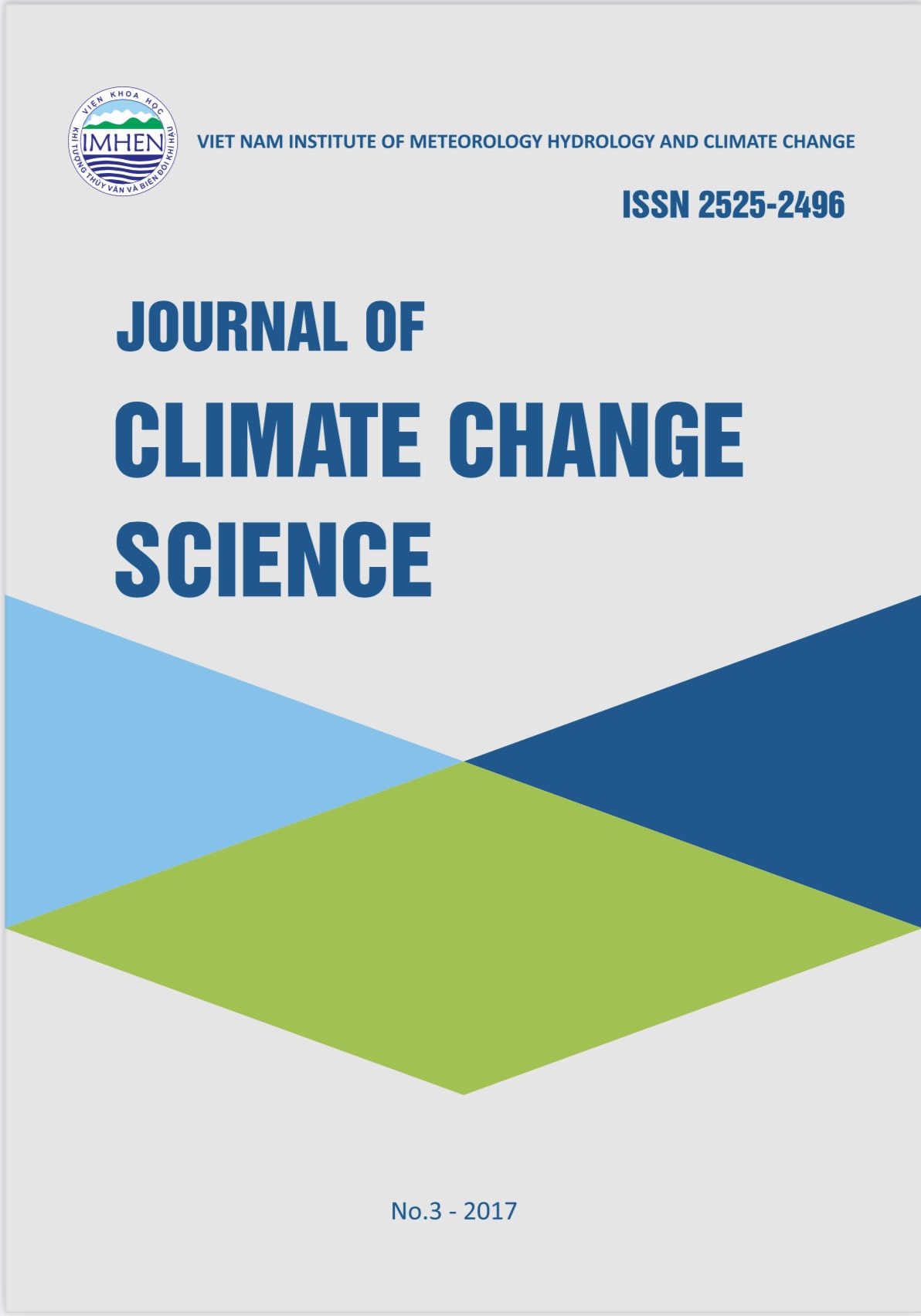THE USE OF COMBINED TOP-DOWN AND BOTTOM-UP CLIMATE CHANGE IMPACT ASSESSMENT IN HYDROLOGICAL SYSTEMS
Tóm tắt
Climate change impact assessment in hydrological systems in the past is of a top-down nature. In particular, future climate states are predicted using scenarios and climate models. Although the approach could provide optimal adaptation measures for the intended future, its applications may be increasingly limited as there are large uncertainties. The top-down approach provide too much of the wrong information for policy makers. Bottom-up approaches in climate change impact assessment have also been used in the past as an alternative. The strength of the approach lies in its ability to provide robust adaptation options since the focus is on the vulnerability space, not the prediction of future climate space. Nonetheless, without the information from a top-down approach, the bottom-up approach would lack a basis for selecting the range of climate states to test the vulnerability of the system. The vulnerability exploration would be imprecise and unbounded, and of limited decision-making value. For this reason, a more recent development of a combined top-down and bottom-up approach has been advocated. The combined top-down and bottom-up approach uses top-down information such as climate model outputs while still focuses on the vulnerability space of the system. Through the approach, relevant climate conditions that poses threat to the system could be identified. This paper provides a summary of the top-down and bottom-up approach and introduces more recent development in the combined top-down and bottom-up climate change impact assessment approach.

